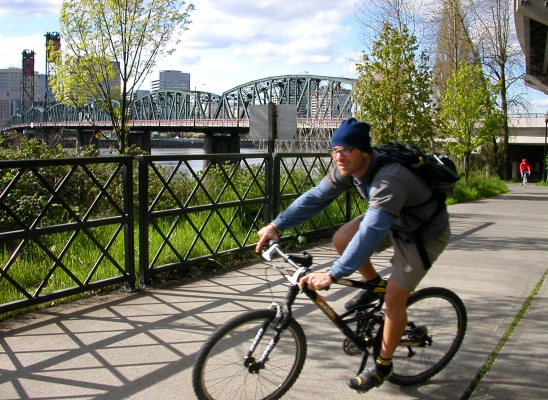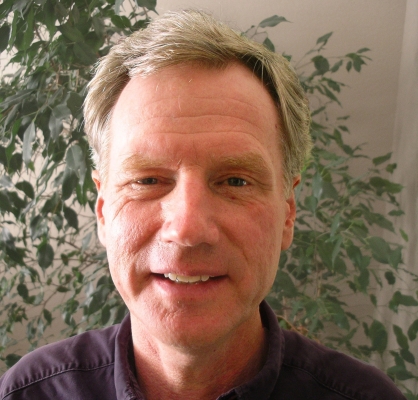Despite some major strides in safety on Portland’s streets, the city has a lot of work remaining to make the city safe for all forms of transportation. At the fifth Transportation Safety Summit, held Feb. 8 at Marshall High School in southeast Portland, speakers stressed the importance of a multipronged approach to safety.
Sponsored by the Portland Bureau of Transportation, or PBOT, the summit also featured speakers from the Portland Police Bureau, the Oregon Department of Transportation, TriMet and Mayor Sam Adams.
Tom Miller, the incoming PBOT director, and Susan Keil, the outgoing director, said the bureau is focusing safety efforts on 10 high-crash corridors. Improving safety there will require an approach they called the “Three E’s”: engineering, education and enforcement. That is, transportation systems have to be designed for all users’ safety, the users need to know how to navigate the systems and mechanisms must be put in place to make sure people follow the rules. The city will issue annual performance reports to assess the safety of trouble spots.
According to PBOT records, citywide traffic fatalities dropped in 2010, compared to 2009. This reflects an overall trend toward fewer traffic fatalities over the last 15 years.
One worrisome point is the increase in pedestrian fatalities. The number of people killed while walking rose for the second straight year, to 15 in 2010. That’s more than the combined number of motorists, motorcyclists...
Read more

